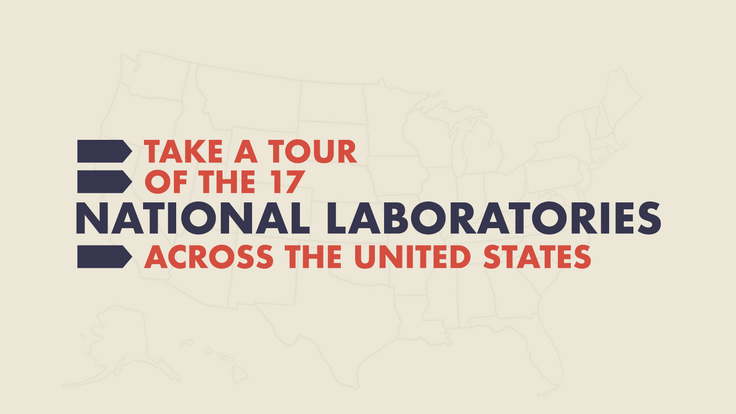Engineers at CERN are installing the last component necessary to fix the Large Hadron Collider, LHC production manager Lyn Evans said at the AAAS conference in Chicago.
In about a month, they will begin the process of cooling the accelerator's eight sectors, one by one. And by late September, "we'll be ready to be back where we were last September," Evans said.
The LHC saw first beams in September 2008, but shortly afterward a flaw in one of its electrical components brought the accelerator to a halt.
Researchers at CERN are in fact working to be in an even better position for collisions this time around. They're spending their downtime training new physicists and practicing using the worldwide computer grid that will process the information the detectors collect. They have taken data from naturally occurring cosmic rays with the detectors in preparation for recording actual collisions. Once the machine is cooled, experimentalists will make partial beam runs to test pieces of the detector they have improved since the last run.
Researchers at the LHC had originally scheduled a yearly shut-down of the machine between November and April because of the high cost of electricity during the winter months. But this year, they plan to run for 10 months through the winter to make up for lost time.
Once they have the machine running, they will probably need about five years to gradually turn the energy of the LHC's beams up to 7 TeV. After five or six years, the LHC will have a scheduled upgrade, which should improve its luminosity by a factor of three or four, Evans said.
The scientists at CERN cannot start running the LHC at full power right off the bat because they're still learning how to drive it, Evans said. One of the next big challenges for experimentalists working at the LHC will be learning how to discriminate between useful information and the large amount of extraneous data that proton-proton collisions generate.
Protons are made up of quarks and gluons. Physicists are interested in collisions between quarks. But when gluons collide, they create distracting debris in the detectors.
"The noise in enormous in these machines," Evans said. "Imagine building an orange collider. Very occasionally there will be a collision between two pips [seeds]. But every time there will be pulp."






